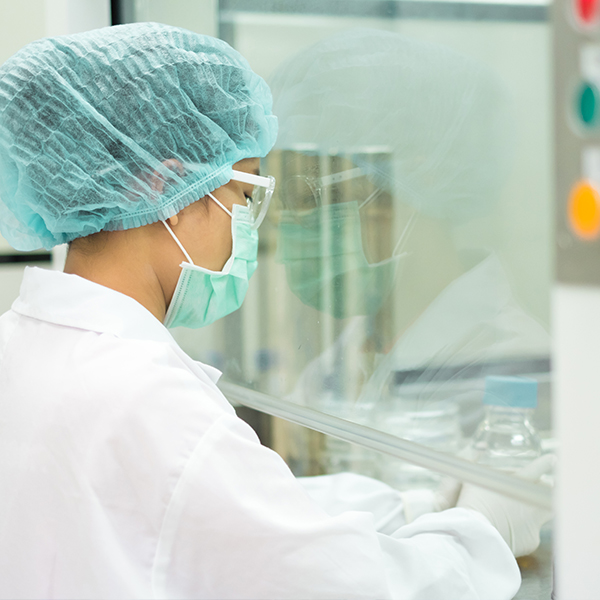A cleanroom is a highly controlled environments designed to minimise contamination from airborne particles and maintain a constant, purified atmosphere. These specialised laboratories are crucial in various industries such as pharmaceuticals, aerospace, micro-electronics and semiconductors, where nanoscale processes demand precise conditions. Cleanrooms are quantified by their cleanliness level, measured by the number of particles per cubic meter. To maintain the integrity of experiments and data reliability, one essential aspect often overlooked is humidity control. In this article, we will explore the significance of humidity control in cleanrooms and how it ensures consistency and reliability in scientific research and industrial production.



Understanding Cleanrooms and Particle Control
Cleanrooms are engineered spaces where the concentration of airborne particulates is kept exceptionally low. They are designed to shield everything from dust and airborne organisms to vaporized particles from the materials being handled inside. The ISO classification system categorizes cleanrooms based on the allowable particle count per cubic meter at specific size ranges. A typical urban area contains around 35,000,000 particles per cubic meter in the size range of 0.5 μm and larger, equivalent to an ISO 9 certified cleanroom. On the other hand, an ISO 14644-1 level 1 certified cleanroom permits no particles in the 0.5 μm size range and only 12 particles per cubic meter of 0.3 μm and smaller.
The Role of Humidity Control in Cleanrooms
Humidity control is a critical factor that should never be overlooked in cleanroom design and operation. Without proper humidity control, several issues can arise, leading to invalid experimental results and untrustworthy data. Humidity and temperature are closely related, and cleanrooms typically experience a large number of air changes per hour to ensure proper ventilation for scientists working inside. However, this high air exchange rate brings its own challenges, especially during winter when the outside air is pre-heated and naturally low in humidity.
Maintaining Humidity Control in a Cleanroom
To address the challenges of humidity control in cleanrooms, a dedicated humidity control system is required. A well-designed humidification and/or dehumidification system working in harmony can maintain the cleanroom’s humidity within a tight and specified band, such as 50% relative humidity (RH) +/- 1%. This level of control offers consistency and reliability, which is crucial for the success of experiments and testing conducted within the cleanroom environment.
Methods of Humidity Control
One effective method humidity control is humidification using a ‘resistive’ steam humidifier, known for its close control and the option to run on softened or treated water, such as from a Reverse Osmosis Unit. The steam generated in the humidifier is introduced into the incoming fresh air via a “Steam distribution lance,” ensuring thorough mixing before it enters the cleanroom space. Alternatively, Ultrasonic humidifiers can be considered for lower-duty applications, offering energy-saving benefits by introducing a cool mist into the airflow. Dehumidification could also be required to validate tests in cleanrooms, as if the outside air is above the required humidity range for tests, a dehumidifier is required to take out excess moisture from the air,
Benefits of Reliable Humidity Control Within Cleanrooms
Having a dedicated humidity control system offers several benefits. Regardless of external weather conditions, the humidity inside the cleanroom remains consistent, meeting the strict requirements demanded by clients and various experiments. By maintaining humidity within the specified range, experiments and testing can proceed without being hindered by undesirable humidity levels, preventing delays and preserving both time and resources.
Humidity control is an indispensable aspect of cleanroom design and operation. Ensuring a constant, controlled environment with the right level of humidity is crucial for cleanrooms used in scientific research and industrial production. By maintaining humidity within a tight band, cleanroom operators can achieve consistency and reliability in their experiments, leading to accurate and trustworthy results.
At Humidity Solutions, we have experience in helping cleanroom laboratories achieve the perfect environmental conditions for tests with our range of market leading humidity control systems. Get in touch with us today by calling 01372 571 200 or email us at info@humiditysolutions.co.uk to find out how we can make humidity control easy in your cleanroom.



